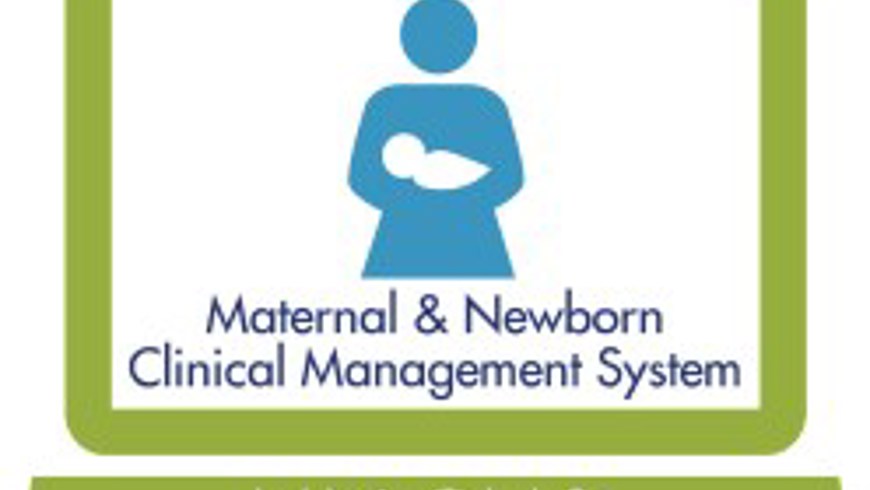
The Mindray N17 Patient Monitors Project
Introduction
The purpose of the project was to replace the end-of-life Neonatal Intensive Care Unit (NICU) Philips MP70 monitors safely with Mindray N17 Patient Monitors and ensuring that a state of the art Bedside Medical Device Integration (BMDI) is in place with the Maternal & Newborn Clinical Management System.
The Mindray N17 Patient Monitors provide a solution for patient monitoring requirements in Cork University Maternity (CUMH) NICU, ensuring the availability of clinical data in MN-CMS to the clinician which is of paramount importance in the care of the critically ill babies in the NICU. It is an essential monitor with a number of parameters detailing the various vital sign status of the baby which are mapped to and displayed in iView in MN-CMS.
The MN-CMS National Team with the CUMH Clinicians, Biomedical engineers, Local Back Office, ICT as well as Cerner associates established a safe process to changeover the old monitors to the new Mindray N17 monitors, using Prince2 Project management methodology.
A significant investment in cabling and network point infrastructure was made by CUMH to facilitate the connectivity of the N17 monitors directly to the cot-side points in the walls of the NICU to enable this project.
Mapping and testing of clinical parameters and data was a crucial part of the process in advance of associating the Mindray N17 monitors to patients in the NICU and test issues were resolved in advance of the cutover. This process ensured that patient information is secure and transmitted seamlessly and accurately into the patients electronic health record (EHR). The testing confirmed the N17 monitor integration compatibility with MN-CMS via a Mindray e-Gateway. As Mindray N17 Patient Monitors have the advantage of being on the HSE procurement framework, this functionality may be used in future MN-CMS sites.
MN-CMS Mindray N17 Monitors Project monitors was rolled-out in CUMH as planned in early December 2021
Benefits
-
The integration of the Mindray N17 Patient Monitors ensures that patient’s electronically monitored vital signs are easily pulled into the patient record and are available in MN-CMS for the Clinician to review in a timely manner
-
The Portable Module within the Mindray N17 monitor facilitates continuous monitoring and device association from time of birth (in the delivery suite) for critically ill newborns and throughout the NICU stay, this allows vitals to be pulled into MN-CMS from the time of birth, instead of transcribing the vital signs in the delivery suite for the newborn baby
-
The Mindray N17 monitor can have a second Sp02 module so pre and post ductal Sp02 can be monitored for a patient with the results on one screen; previously a second monitor had to be used for this functionality
-
Improved display screens with specified Oxygen target ranges and visibility of the time the baby spent within each of the target ranges
-
Using the Mindray E-Gateway to Connect the Mindray N17 monitors removes Connectivity Engines and Device adapters from the pathway, this may result in reduced downtime and faults making the service more reliable
- Improved Infection Prevention and Control:
Due to the absence of the CCE devices and connections on wall brackets there is less dust accumulation and associated infection risk with less cleaning required
The Mindray N17 monitors can provide the ability to remote view a second monitor with a split screen function. This allows for an isolated patient to be continuously monitored from outside the isolation room. The nurse can address any alarms from outside the room if appropriate g. in Covid isolation, nurse doesn't need to don PPE and enter the room unless necessary- this is particularly useful during nurses’ break relief by reducing babies exposure to multiple nurses - Single type of monitor connection cables required for storage
Contact:
Mary Mullins, Change & Transformation, Risk Management Lead, MN-CMS
email:
